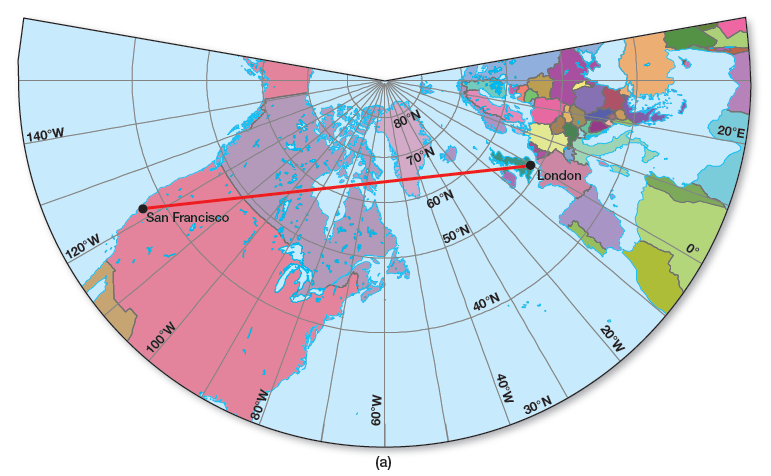Figure 1.12 [PROD: Insert Figure 1.12 from the textbook.] Use the accompanying figure to answer the following questions. From knowing that countries have relatively similar population sizes, such as the United States and Indonesia on the figure, can you predict whether they will have similar environmental impacts? Why or why not?
What will be an ideal response?
No, because some countries have higher per capita resource use than others.
You might also like to view...
Where is the projection surface tangent to (touching) the globe? (See end flap of this lab manual.)
Figure 4.5a shows Earth on a planar projection, in which the globe is projected onto a plane. This is a gnomonic projection and is generated by projecting a light source at the center of a globe onto a plane that is tangent to (touching) the globe’s surface. The resulting increasingly severe distortion as distance increases from the standard point prevents showing a full hemisphere on one projection.

Figure 4.5 (a) Gnomonic/planar projection
Which waste group poses the greatest threat to groundwater resources?
a. Group 1 b. Group 2 c. Group 3 d. Group 4 e. Group 5
A(n) ________ is a line joining points of equal air temperature.
a. contour line b. isohyet c. isotherm d. isomag
Covalent bonds are formed by which of the following?
A) The bonding of cations and anions B) The electrostatic attraction between oppositely charged ions C) The energy transfer from one body to another D) The sharing of electrons between atoms E) Weak electrostatic attraction between charged areas of adjacent molecules